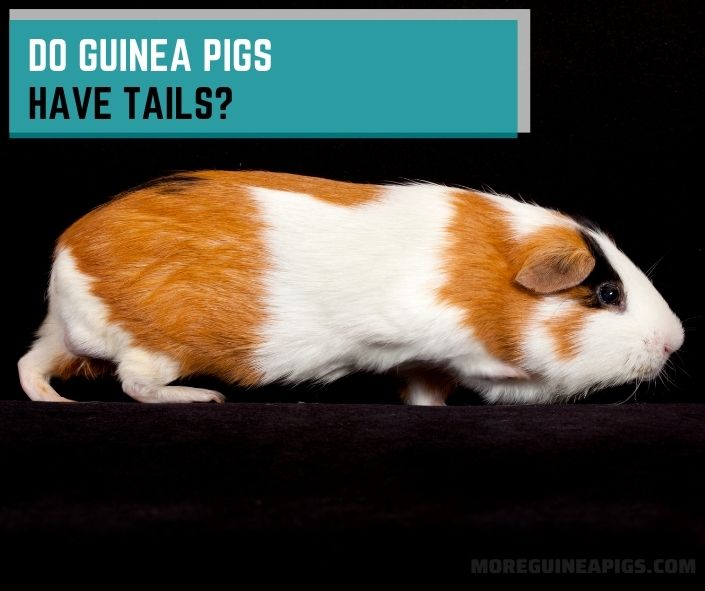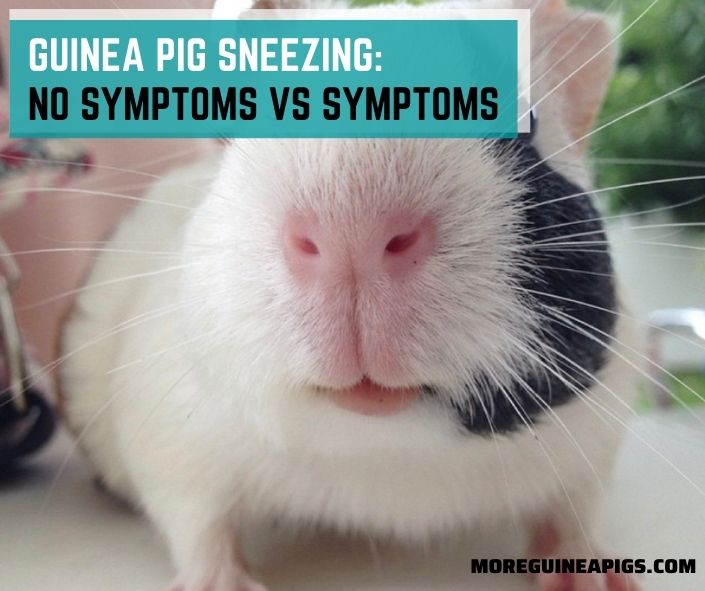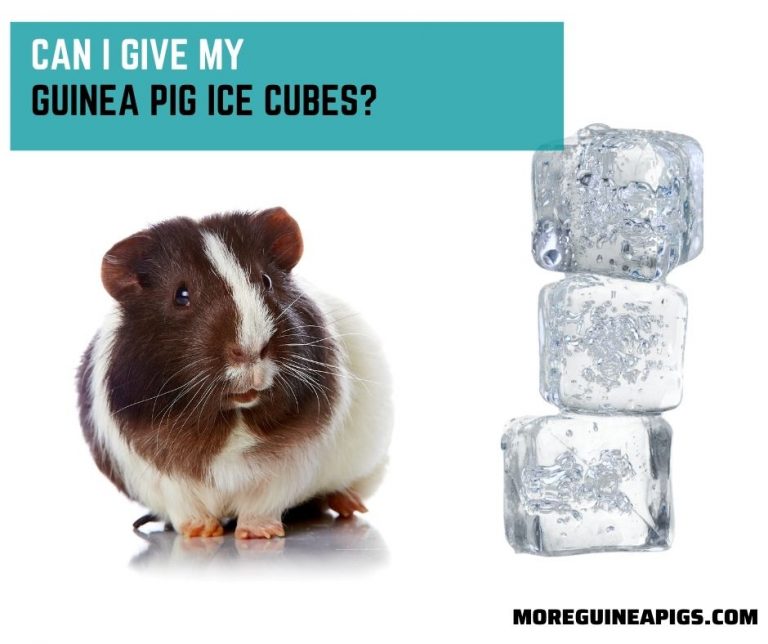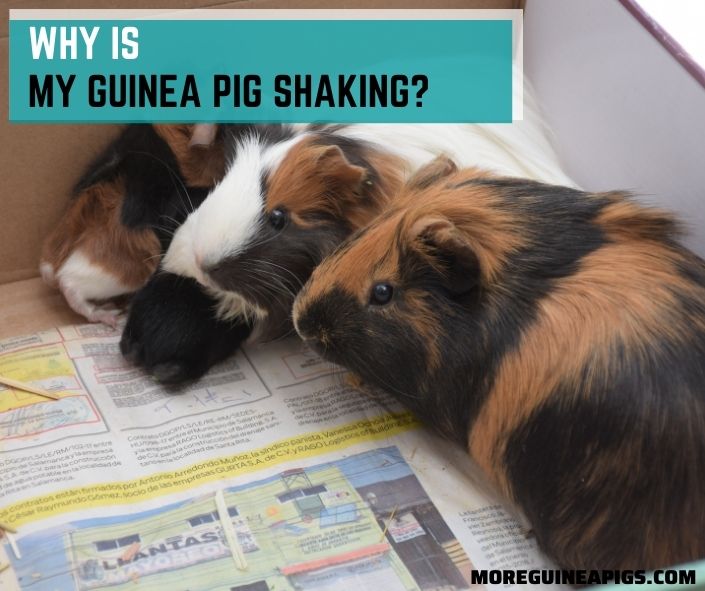Do Guinea Pigs Have Tails?
Guinea pigs make fine pets as the domesticated rodents are friendly and small in size, and therefore easy to keep. One common question about their anatomy is whether they have tails or not.
This article explores the topic of guinea pigs and tails. From it, you will be able to have a layman understanding of the guinea pig’s anatomy, specifically when it comes to the topic of tails.
Do Guinea Pigs Have Tails?
No. These rodents do not have tails. They do, however, have a tailbone located at the base of the spine, which is referred to as the caudal vertebrae in scientific terms. This bone never elongates into a full tail.
This is because unlike other rodents like squirrels which rely on their tails for balance while climbing trees and stumps, the guinea pig lives entirely on the ground.
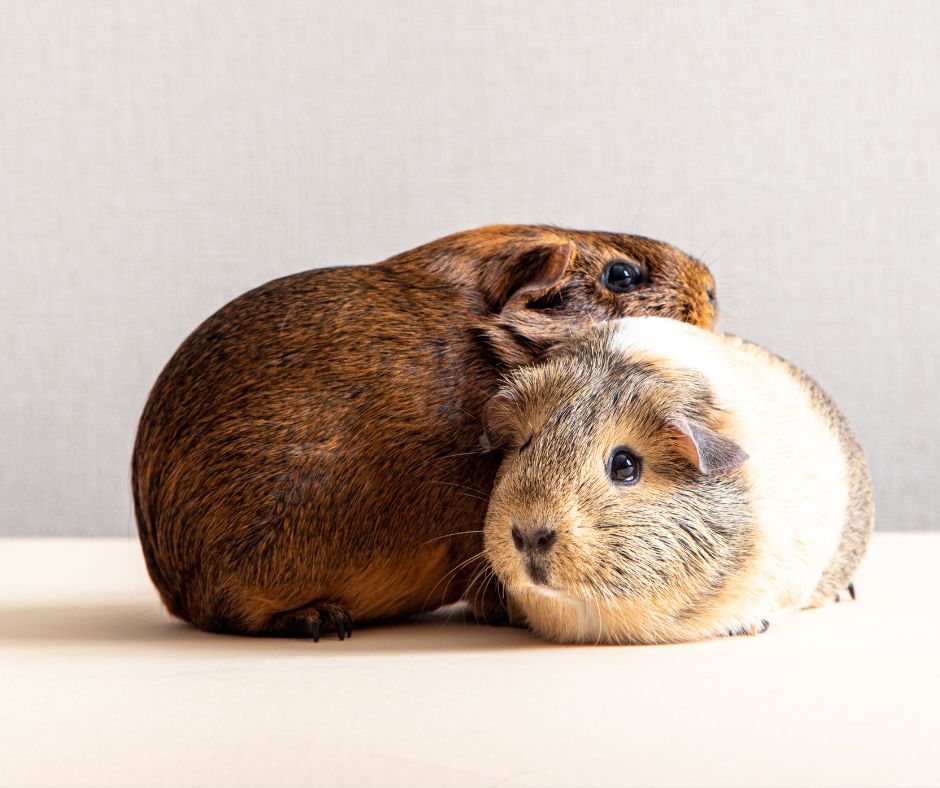
Why Do Guinea Pigs Have No Tails?
One key function of tails in other rodents is in helping them to regulate their body temperatures in both warm and cold weather. However, guinea pigs are capable of attaining ample bodily thermoregulation without these tails.
Their burrowing abilities greatly help them in this regard and thus,have one less need for a tail. Besides, when they are domesticated and kept as pets, their owners can vary the temperatures of their cages depending on the changes in weather.
It is also important to note that guinea pigs do not climb or jump around like mice or squirrels, hence they have little trouble maintaining their balance.
Tails play an instrumental role in helping a rodent to balance around when climbing or scaling different heights. Being a mammal that scurries entirely on the ground, the tail is unnecessary for its motion.
Having no tail is also an element of safety to the guinea pig. Being small herbivores, it is obvious that these rodents are ideal prey to various predators.
Without the tail, they can easily escape when being pursued, without the danger of being grabbed from behind to be turned into a meal.
Finally, based on their mating habits, guinea pigs express a preference for few barriers in their mates. The fewer the barriers in the potential partner’s private parts, the higher the sexual attractiveness of the piggy.
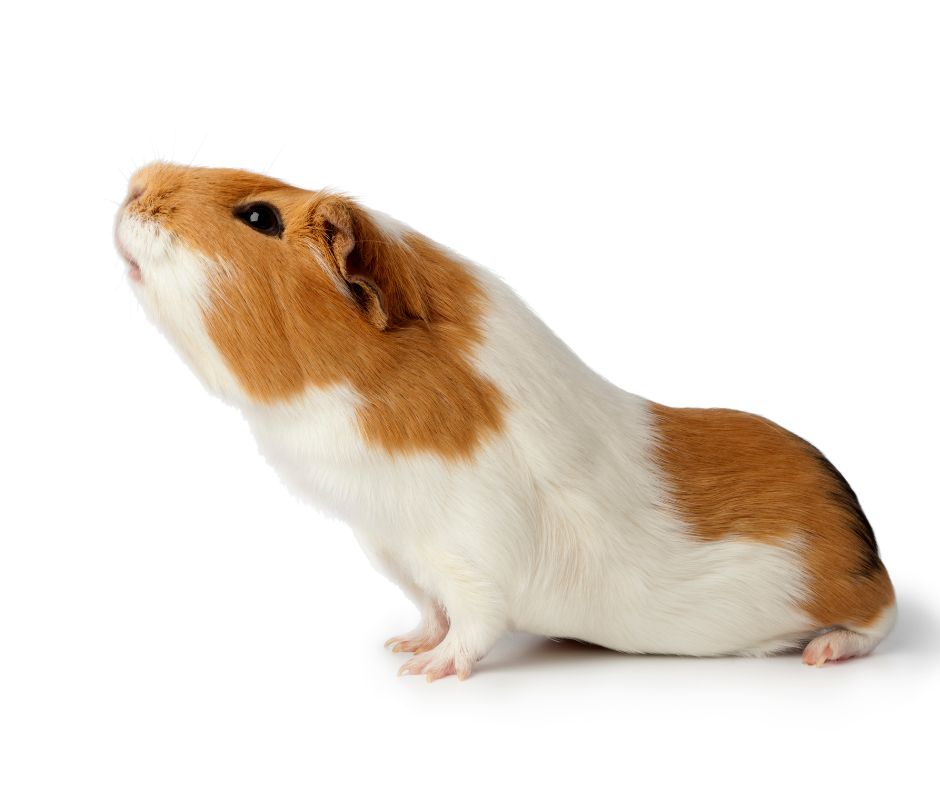
Evolution and Tailbones in Guinea Pigs
Guinea pigs are domesticated animals, which means that their natural, ideal habitat is in the wild. With time and through evolution, some rodents in the Caviidae family, including guinea pigs, lost use of their tails.
They were instead left with vestigial tails at the end of their spines, much like human beings.
The principle of use and disuse then becomes critical in understanding why these rodents have no tails.
In simple terms, the principle states that based on environmental needs, an organism can develop a part of its body to be able to survive in unique ecological conditions.
However, when a certain part of its body is not utilized, it may well recede and be shed off eventually. These morphological changes in anatomy are then passed down across generations.
With time, an organism may lack a body part which might have been present in its ancestors centuries ago. This is the simple explanation for guinea pigs not having tails in the present day.
Fake Tails
Some pet owners have occasionally mistaken long, furry hairs rising at the base of the spine of their guinea pigs to be tails.
Depending on how long the furs of your pet grow, it may be a little confusing to see them assume a pointed, tail-like elongation at the end of its spine.
Nevertheless, with careful observation, you can tell that the elongation is simply a shapely mass of fur, and not a real tail.
Why Do Other Animals Have Tails?
The existence of tails in other animals is the result of evolutionary processes which necessitated the formation of this body part. Tails are instrumental in keeping many animals safe and comfortable in their habitats.
For instance, squirrels and mice being climbing animals, will often need the aid of a tail to balance their bodies when in motion. The tail adds an element of inertia when they have to balance on small platforms, and prevents them from falling over.
Tails are also useful in thermoregulation of the bodies of many animals. In the event that an environment gets too warm, tails may help with expulsion of excess heat from the body.
Likewise, when it gets colder, the tails can be contracted to minimize loss of heat from the body.
Tails also help vulnerable animals to survive in environments with many predators. Tails may be used to signal friends and family of imminent danger, and in this way, the entire group can run for their lives.
Moreover, when confronting a predator, some mammals use their tails to give the illusion of a bigger body, thereby frightening away the attacker.
Conclusion
It is important to understand the main physical qualities of the animal you wish to bring home as a pet beforehand, as this is important in preparing for its arrival. Guinea pigs, through evolution, have lost the need for elongated tails present in other rodents.
While their furs may sometimes grow long enough to protrude at the end of their spines, this phenomenon should not be confused for tails.
Nevertheless, their bodies are well-adapted and work to serve them adequately in home environments where they are kept as pets.
